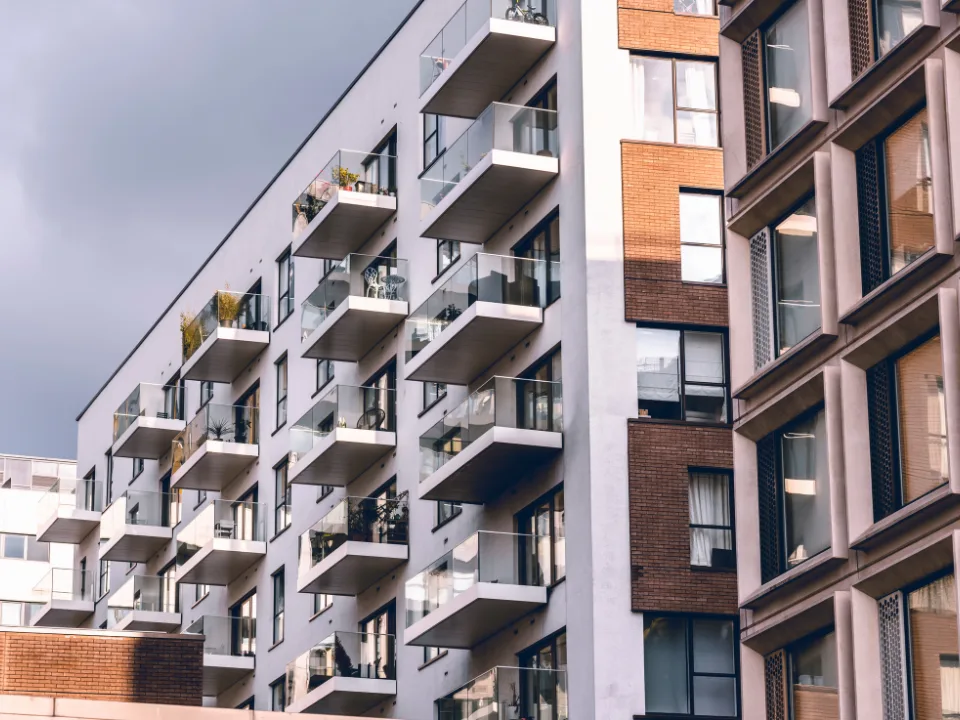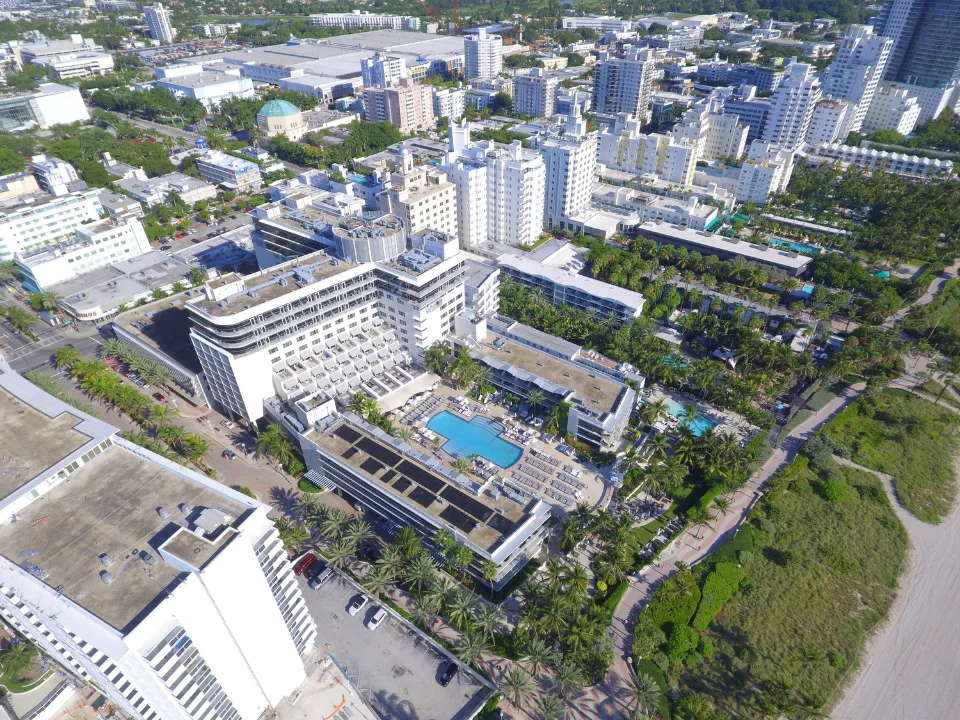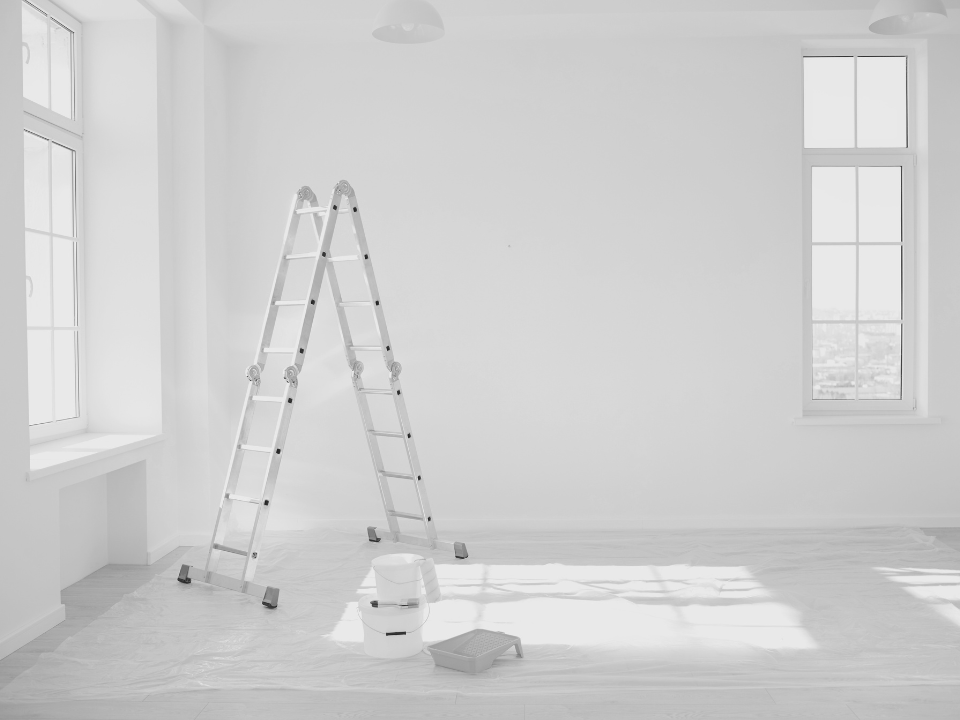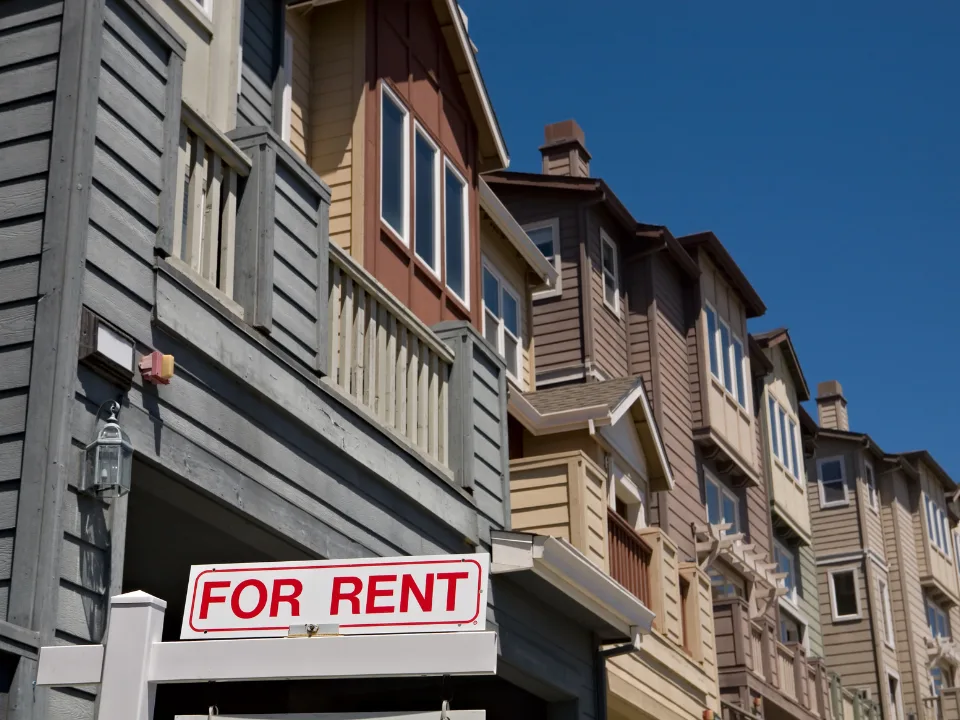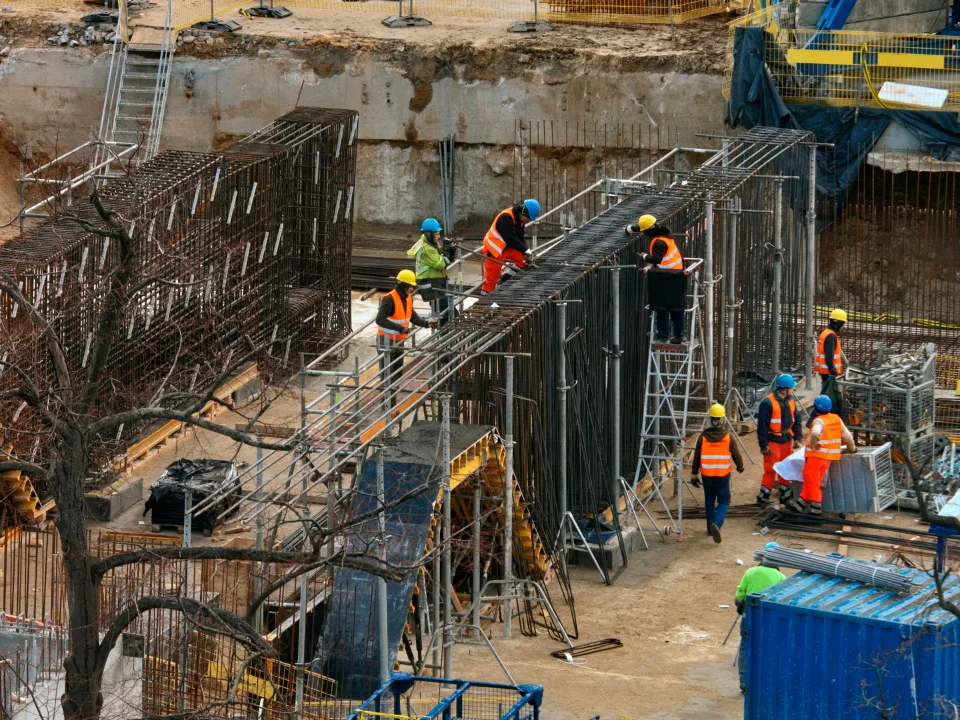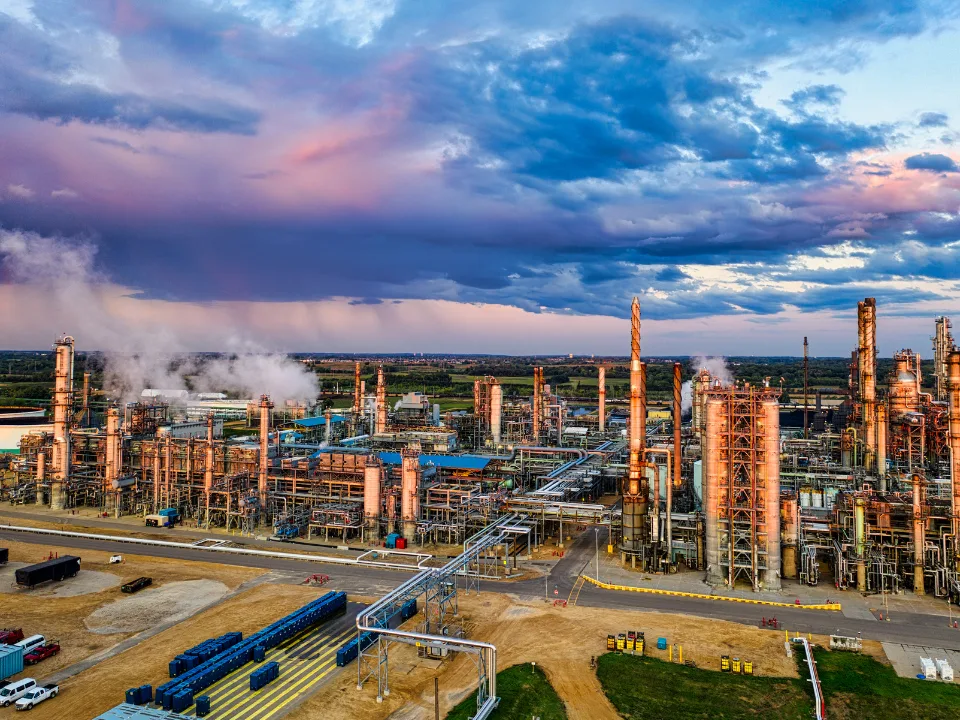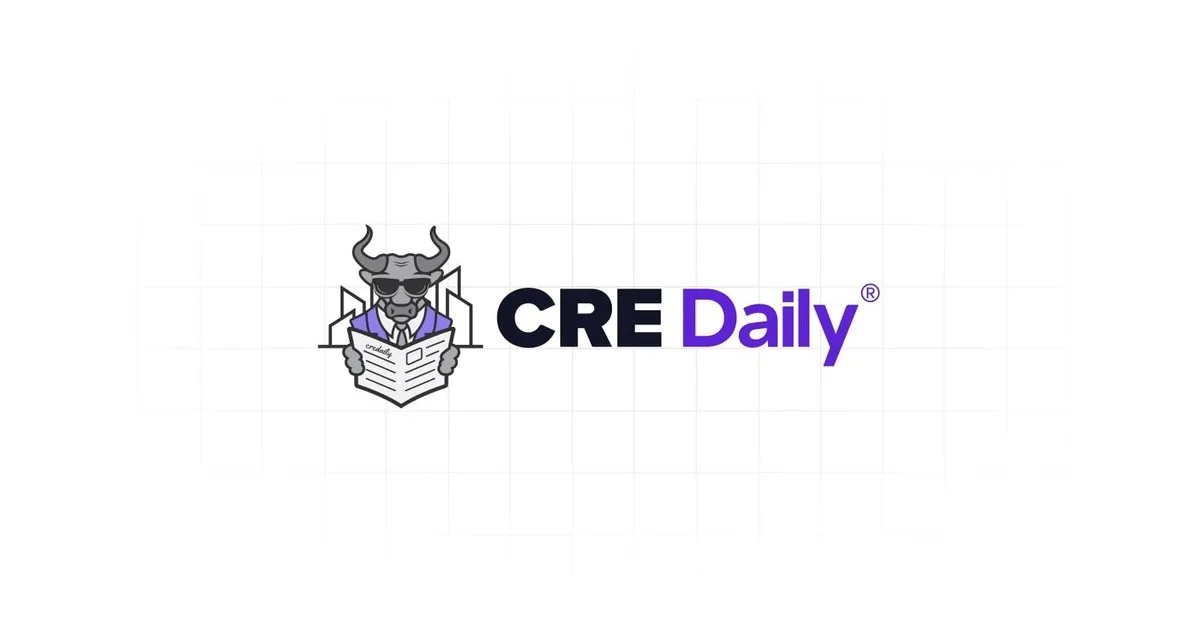- The Revitalizing Downtowns and Main Streets Act proposes a 20% tax credit for converting vacant commercial properties into affordable housing.
- The bipartisan bill targets underused buildings that are at least 20 years old. Conversion costs must exceed $100K or 50% of the building’s adjusted basis.
- The bill also allows developers to combine this credit with other federal tax benefits, enhancing incentives in rural and low-income areas. The total credit pool is $15B.
As reported on Globest, a new bill called the Revitalizing Downtowns and Main Streets Act proposes a 20% tax credit for converting vacant commercial properties into affordable housing to address the critical housing shortage nationwide.
Finding Bipartisan Support
Introduced by House members Mike Carey (R-OH) and Jimmy Gomez (D-CA) and backed by Michigan Senators Debbie Stabenow and Gary Peters, the bipartisan bill would provide financial incentives to developers willing to transform underused buildings into residential units.
To be specific, the proposed legislation would offer a 20% tax credit on qualified conversion costs for turning eligible commercial buildings into affordable housing.
Who’s Eligible For The Credit?
To qualify, the building must have been nonresidential and in service for at least 20 years before the conversion. Conversion costs must exceed $100,000 or 50% of the building’s adjusted basis, whichever is higher.
For the converted building to qualify as affordable housing, at least 20% of its units must be rent-restricted and reserved for individuals earning no more than 80% of the area’s median income, maintained over a 30-year period.
Growing Affordability Crisis
Housing affordability has become a pressing issue nationwide. According to government data, rents remain at record-high levels despite slowing or flat growth, and most first-time buyers are priced out.
Meanwhile, current homeowners, deterred by high mortgage rates near 7%, are reluctant to sell, exacerbating the supply-demand imbalance.
According to Pew Research, 49% of U.S. adults in 2021 identified housing affordability as a major problem, up from 39% in 2018. The issue is particularly pronounced in the West, where 69% of adults see affordability as a significant challenge, compared to 49% in the Northeast, 44% in the South, and 33% in the Midwest.
Financial Incentives
The bill allocates $15B in tax credits, which state agencies will distribute to qualifying developers. Enhanced credits are available for projects in rural areas, low-income census tracts, and economically distressed regions.
Developers can also combine this credit with other federal benefits, like the Low-Income Housing Tax Credit (LIHTC), the rehabilitation credit, and opportunity zone benefits.
Why It Matters
The Revitalizing Downtowns and Main Streets Act represents a crucial step towards solving the nation’s growing affordable housing problem by incentivizing more developers to repurpose underused commercial spaces.
While the bill still has a long way to go before becoming law, it certainly offers a promising solution to the housing crisis, and the fact that it was proposed by a bipartisan group is certainly a promising sign (hopefully of more bipartisan support).
